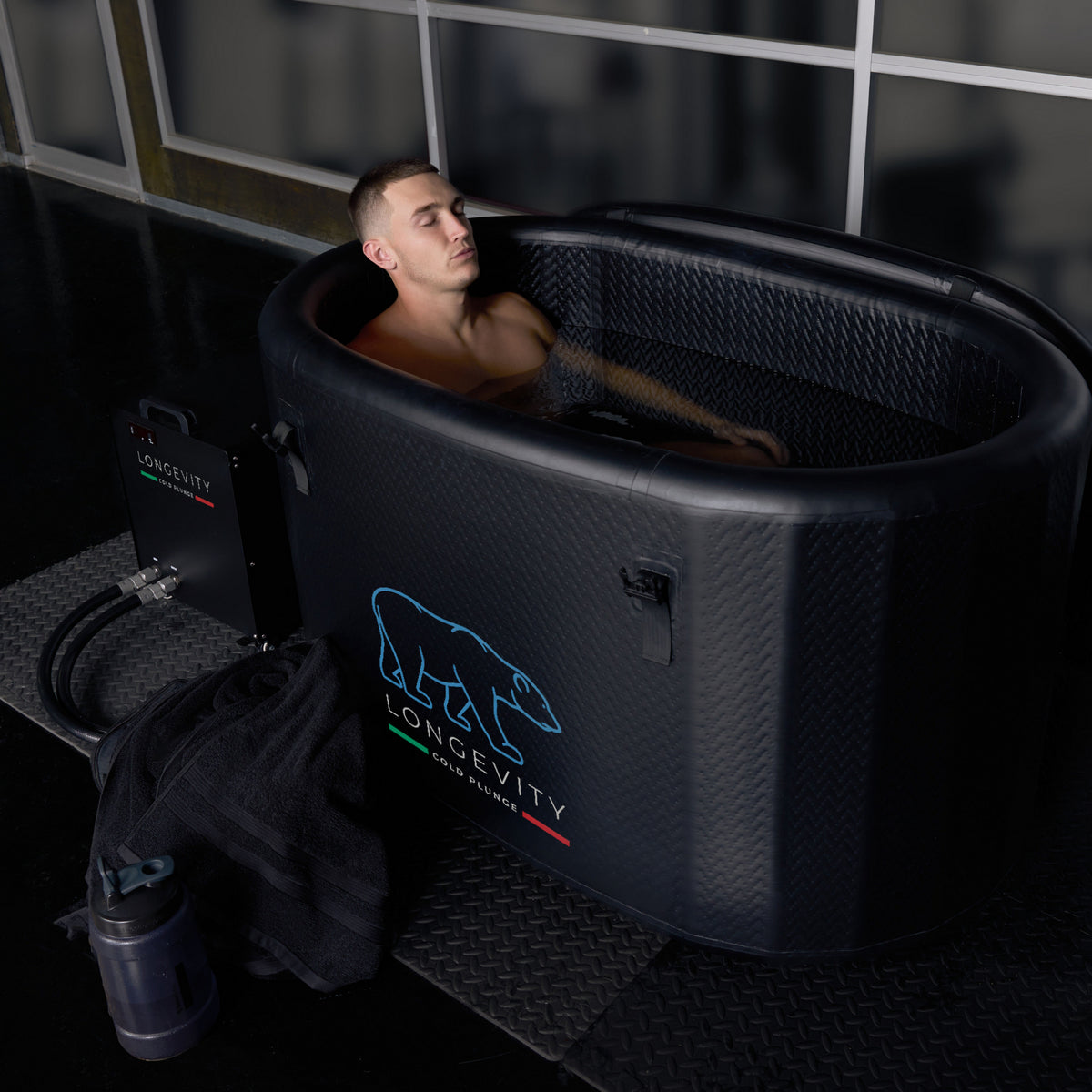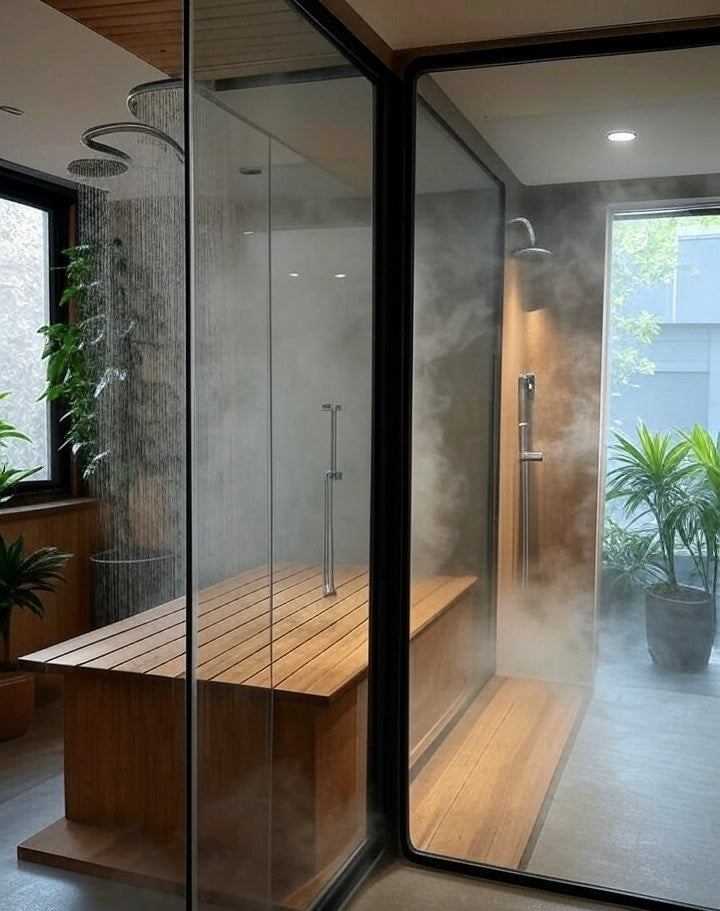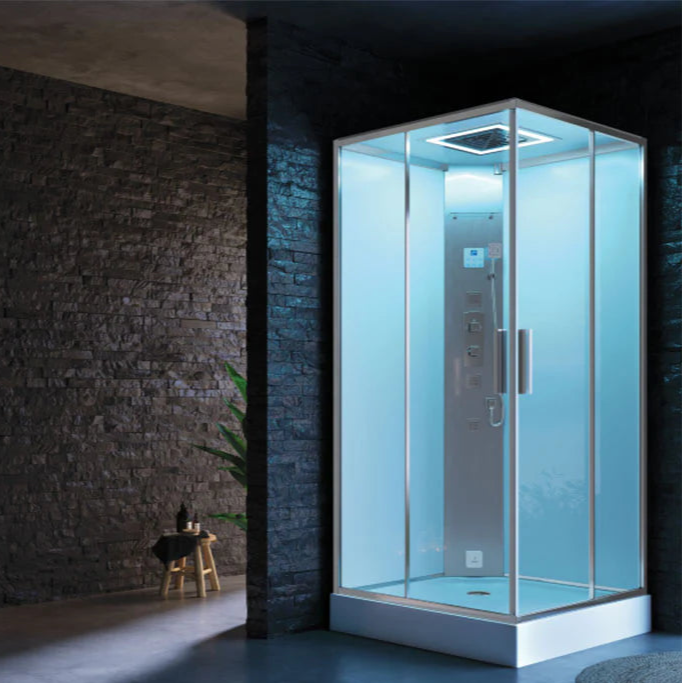Fancy turning your Ice Bath Tub into a fat-burning ally? The short answer: yes—sort of. A Cold Plunge Tub may give your metabolism a nudge and support weight goals, but it’s no solo miracle. Read on to find out how cold therapy might work for slimming when paired with smart lifestyle choices.

Cold Plunge and Weight Loss: The Science Behind the Claim
Cold plunges have become a buzzworthy wellness trend—and weight loss is one of the most talked-about perks.
But can dipping into a Cold Plunge Tub really help shed fat?
Science suggests there are benefits, especially when cold exposure is used alongside a balanced diet and active routine.
It influences metabolism, hormones, and even fat cell activity.
Let’s explore how cold therapy plays a role in supporting weight loss.
How Cold Exposure Impacts Metabolism and Fat
Understanding Brown Fat (BAT) vs. White Fat (WAT)
Your body has two main types of fat.
White adipose tissue (WAT) stores energy and is the fat most people aim to lose.
Brown adipose tissue (BAT), on the other hand, helps generate heat by burning calories.
BAT is metabolically active, meaning it uses energy instead of storing it.
Having more active BAT can support a higher daily energy burn.
Cold Activation of Brown Adipose Tissue (BAT)
Cold exposure stimulates BAT, making your body work harder to stay warm.
This burns more calories in the process.
Regular plunges may also support the "browning" of white fat cells.
That means white fat starts behaving more like brown fat—burning energy instead of storing it.
This shift can subtly increase your overall energy expenditure.
Increased Metabolic Rate and Calorie Expenditure
When you submerge in cold water, your body fights to maintain its core temperature.
This kicks your metabolism into gear.
The result is a short-term increase in calorie burn, although not dramatic.
A single cold plunge may burn only 10 to 20 calories.
Over time, consistent plunging could support a modest uptick in daily metabolism.
Hormonal Influences on Weight Management
Adiponectin and Insulin Sensitivity
Cold therapy may raise your adiponectin levels.
This hormone helps break down fat and improves insulin sensitivity.
Better insulin response can help reduce fat storage and stabilise blood sugar.
That’s a win for both energy regulation and weight management.
It also supports long-term metabolic health.
Noradrenaline and Dopamine: Energy, Motivation, and Focus
Cold plunges cause a surge in noradrenaline and dopamine.
These neurotransmitters heighten focus, drive, and motivation.
Feeling energised makes it easier to stick to workouts and healthy eating plans.
It’s not just about burning fat—it’s about staying on track.
That mental boost can make a noticeable difference in your routine.
Potential Role in Reducing Inflammation
Chronic inflammation is often linked to weight gain.
It disrupts hormones and slows metabolic processes.
Cold exposure has been shown to lower inflammation levels in the body.
This can help your system run more efficiently and improve fat-burning potential.
It’s another reason to make the cold part of your routine.
The Nuance: Does Cold Plunge Truly Lead to Weight Loss?
The Calorie Burn vs. Appetite Paradox
While cold plunging does burn energy, it’s not a massive amount.
Calorie burn alone won’t lead to major fat loss.
Even regular plunging may only account for a small fraction of daily calorie needs.
So why do some people swear by it?
It might have more to do with the lifestyle support than the plunge itself.
Minimal Direct Calorie Burn from Plunging
Let’s be clear: a 10-minute session in an Ice Bath Tub won’t torch hundreds of calories.
At best, it burns a few dozen.
On its own, that’s not enough to make a dent in body fat.
But it might give your body the push it needs to become more metabolically flexible.
Think of it as a small nudge—not a game changer.
Increased Appetite and "After-Drop" Effect
After exiting the plunge, the body’s core temperature can continue dropping.
This is known as the "after-drop" effect.
It can stimulate appetite, making you feel hungrier shortly after.
If you’re not careful, you might eat back the calories you just burned—plus more.
Awareness is key when using cold therapy for weight management.
The Risk of Overeating Post-Plunge
That spike in hunger can be powerful.
If you respond by overeating, it cancels out the benefit of the cold plunge.
Instead, plan a light, healthy meal or drink post-session.
This helps manage cravings while keeping you in a calorie deficit.
Mindful eating is your ally here.
Cold Plunge as Part of a Holistic Approach

Complementing Diet and Exercise
Cold plunging works best when paired with a healthy diet and exercise plan.
It enhances, not replaces, your core weight loss strategy.
Use it to sharpen focus, speed up recovery, and improve daily energy.
It’s a great tool, especially on days when motivation is low.
But consistency with food and movement still matters most.
Beyond Weight Loss: Other Health Benefits
There’s more to cold therapy than fat loss.
Cold Plunge Tubs may also support:
-
Mood improvement
-
Stress resilience
-
Muscle recovery
-
Stronger immune response
All of these benefits help create a lifestyle that supports sustained weight control.
When your body and mind feel better, healthy choices come easier.
Conclusion
Will cold plunge help you lose weight?
Yes—but only if you’re realistic about what it can and can’t do.
Cold therapy may activate brown fat, increase motivation, and slightly raise your calorie burn.
But don’t rely on it alone.
Pair it with good nutrition and consistent movement for real, long-lasting results.
Takeaways
-
Cold exposure activates brown fat, encouraging fat burning.
-
Calorie burn is modest, not enough for standalone weight loss.
-
Cold plunges may increase appetite, so food choices matter.
-
Boosts motivation and energy, supporting better lifestyle habits.
-
Best used as part of a broader fat-loss strategy.






